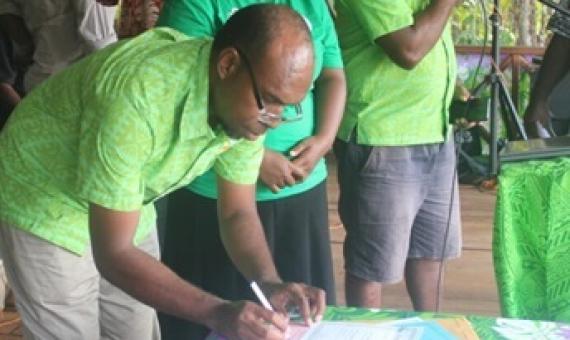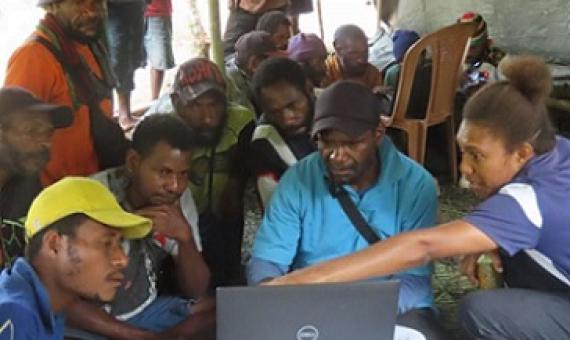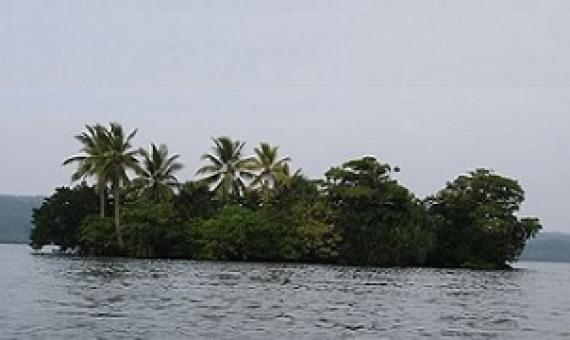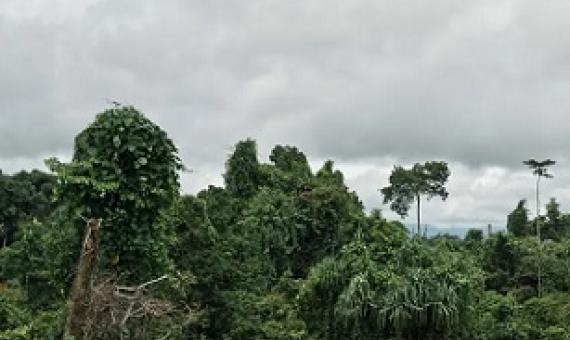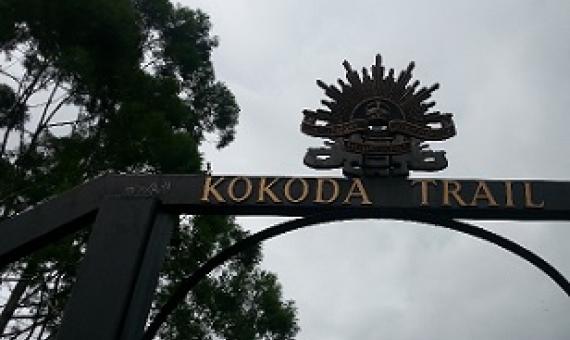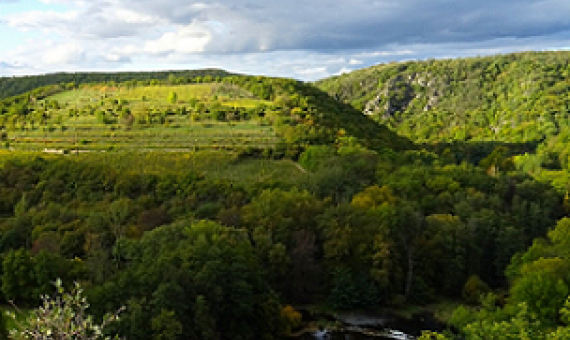Mapping the planet’s critical areas for biodiversity and nature’s contributions to people
Meeting global commitments to conservation, climate, and sustainable development requires consideration of synergies and tradeoffs among targets. We evaluate the spatial congruence of ecosystems providing globally high levels of nature’s contributions to people, biodiversity, and areas with high development potential across several sectors.
The Kira Forest Biodiversity Conservation Area, KFBCA, in East Are Are has become the first conservation area in Malaita Province to be declared as a Protected Area (PA) under the Protected Areas Act 2010.
The research and monitoring coordinator of the Tree Kangaroo Conservation Program, Dillian Nason led a week-long training on the Spatial Monitoring and Reporting Tool (SMART) at the YUS Conservation Area.
A national training on evaluating Protected Area Management Effectiveness (PAME) for Samoa commenced on Tuesday, 19 September 2023.
30x30 A Guide to Inclusive, Equitable and Effective Implementation of Target 3 of the Kunming-Montreal Global Biodiversity Framework
This document is a guide along the path to realizing Target 3 of the KMGBF. It guides us through the text of the Target itself, breaking down all of the elements and, perhaps most importantly, it is loaded with links to more details. The path it offers leads to effective implementation through equitable and human rights-based action. It is a big guide for a big job. The development of this guide is a small example of the kind of cooperation and hard work that we need to succeed in Target 3.
Following a workshop in March to collect and collate data for enhancing spatial analysis in the Solomon Islands under the Ensuring Resilient Ecosystems and Representative Protected Areas (EREPA) project, a successful second workshop to validate the data was held with Solomon Islands’ key na
Today, in the Highlands of Papua New Guinea (PNG), Indigenous landowners of the Inaugl tribe have joined their neighbours in the Bismarck Forest Corridor to commit to legally protecting 12,241 hectares (46.3 square miles) of forest under a conservation deed.
The northern government is discussing with landowners of the Kokoda track the setting up of a conservation and protected area nature reserve, the Kokoda Track is owned by traditional resource custodians and a place of natural beauty which has rare biodiversity, rich cultural and military heritage
Protecting 30% of the world's land and sea outweigh the costs by a ratio of 5 to 1, according to a new report.
